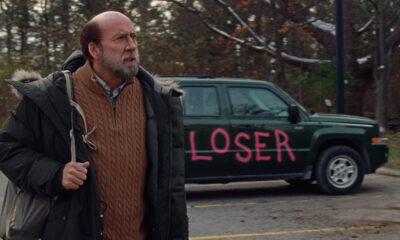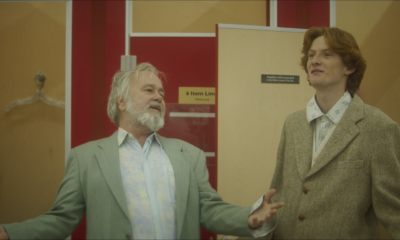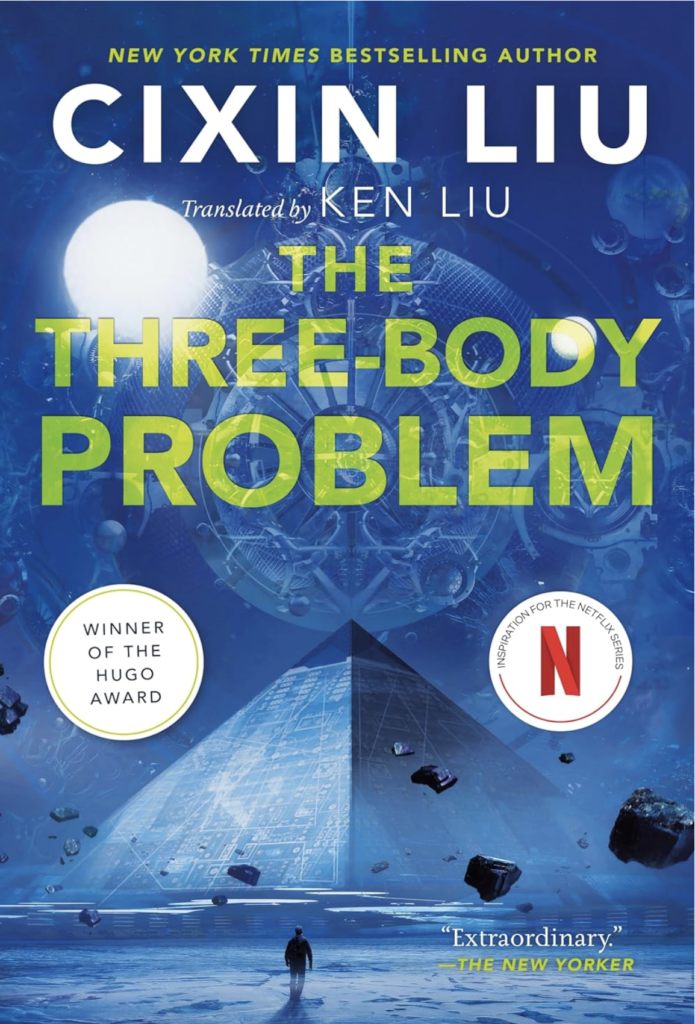DOCUMENTARIES
HOT DOCS 2018: ROLL RED ROLL Bulldozes Expectations of Docs About Rape


In August of 2012, a sixteen year-old girl awoke in Steubenville, Ohio to discover she had no recollection of a sexual encounter with two members of the high school football team, yet somehow everyone else knew all about it.
It sounds like the beginning of stories we hear all too often — the type we are warned about in a society where women are more often taught not to put down their drinks at a party than men are taught not to slip anything inside. And while this is a story that is steeped in familiarity, somehow due to a perfect storm of excessive social media usage, small town dynamics, and the reverence Americans give to football, this specific instance was catapulted onto the national stage, tearing apart a town and exposing the underbelly of a system that prizes touchdowns over protection.
It is this event that is painstakingly chronicled in Nancy Schwartzman’s electric documentary, Roll Red Roll, which had its international premiere as part of the Silence Breakers Program at Hot Docs this year. With an almost rock and roll-like energy, Roll Red Roll exposes the toxicity that can be found in hyper-masculine spaces, as well as the vicious victim-blaming that occurs when the behaviour of star athletes is called into question. At one point, an interview subject remarks how likely it is that similar stories occur in towns all across America, yet the story of the assault in Steubenville was the one that exploded in front of the nation. His words ring true, and the film is impeccable at plotting all the pieces that made this story such huge news in 2012.
One thing that sets this film apart is the way it doesn’t focus on the victim, who opted to go by Jane Doe for the entirety of the trial, and is only known as such here out of respect for her privacy. Rather, Schwartzman places her gaze directly on the perpetrators and the various pieces set in motion that allowed the heinous act to take place. Make no mistake: Schwartzman’s goal is not to give the perpetrators a voice. Other than a few of lead suspect Trent Mays’s text messages, we do not hear from the accused. Instead, she uses the words of the many bystanders — fellow students and party-attendees, coaches, and even the superintendent — to help set the scene for what actually occurred, and in doing so is able to investigate the grotesque mentalities present in the town, ones that could protect rapists and blame victims.
Due to the nature of this case, Schwartzman was able to access about sixteen hours of recorded police interrogations and about 400 thousand text messages shared among the student body in connection with the crime, all of which had become open to the public. It is the way all of these facets are layered and the detail they provide that makes the film both so compelling and so difficult to watch, especially as we see just how many people might have been able to stop this from happening. A sobering look into rape culture and the perpetuation of it due to the inaction of bystanders, Roll Red Roll is a fascinating study and definitely worth the watch.
https://www.youtube.com/watch?v=RJze9-ZNIeU
-



 BIPOC4 months ago
BIPOC4 months agoThe Boy and the Heron @TIFF 2023
-



 TIFF 20239 months ago
TIFF 20239 months agoViggo Mortensen in The Dead Don’t Hurt @TIFF2023
-



 ACTORS/ACTRESSES3 months ago
ACTORS/ACTRESSES3 months agoAn Exciting Conversation with Sydney Sweeney @SXSW 2024
-



 ACTORS/ACTRESSES4 months ago
ACTORS/ACTRESSES4 months agoThe Exciting 96th Oscar Nominations Announced
-



 SXSW 20242 months ago
SXSW 20242 months agoStormy Ripping Through @SXSW2024
-



 Uncategorized9 months ago
Uncategorized9 months agoWillem Dafoe in Gonzo Girl @TIFF 2023
-



 TIFF 20239 months ago
TIFF 20239 months agoNicolas Cage in Dream Scenario @TIFF 2023
-



 Uncategorized9 months ago
Uncategorized9 months agoSly to close TIFF2023


















